In 1996, at junior school in Hampshire, I bought my first ever statement piece (although, being 10, of course I never would have called it a ‘statement piece’): a silver puffer jacket. Even though the boys mercilessly mocked me for it, my tinfoil moment was a triumph: ridiculous, glamorous, and totally my thing. Until it wasn’t. One morning my best frenemy turned up in exactly the same coat. I can still remember the hot rage it evoked in me – it had taken chutzpah to wear that coat in a sea of navy and black (particularly at a time when Babylon Zoo’s Spaceman was number one), and dedication to track it down (pre-internet shopping days, I’d gone up to London with my mum on a mission). And now here was someone else ripping off my play for schoolyard individuality.
I cringe to admit this, of course, and I’d like to think in the intervening quarter of a century I’ve matured at least a little (nobody wants to be Mean Girls’ Regina George who claimed ownership over hoop earrings). Except fast-forward to 2019 when a friend pitched up in exactly the same dress I’d been wearing weekly for the past two months, but pleading ignorance of the fact, and that same rage bubbled up again. Immature? Probably. Territorial? Definitely. But my thing? You’d better believe it.

Even celebrities are not immune to the gripes of copy culture. In the early Noughties it was rumoured that Kate Moss was fed up with Sienna Miller ‘stealing’ her style; but then, in a 2009 interview with The Times, Marianne Faithfull called Kate a ‘vampire’ who had hungrily sucked up her look. Last year, the Instagram copycat warriors @diet_prada (who, it should be noted, often provide a valuable platform for young and emerging designers whose ideas have been ripped off, often by larger, more commercial labels) drew attention to the fact that Kim Kardashian appeared to be piece-for-piece mimicking some of Naomi Campbell’s best ’90s looks. There is no statute of limitations for copying, it seems.
So, is this quest for perceived originality ultimately futile? Perhaps so, given that we’re now living in generation influencer – where people’s ‘individual’ style has become highly commodifiable. We now expect to see consumers identically imitating the exact look they see on a favourite Instagram grid. Nowhere can you see the virility of copy culture more obviously than in this summer’s style sensation: that Zara polka-dot dress. A modest, monochrome frock, it has become a sensation thanks to its sheer ubiquity. Instagram fan account @hot4thespot now has over 21.3k followers. Such is the power of the polka dot, Zara last week announced it's now launching the dress in a reverse colourway – white polka dots on black – which even if it shifts half as many as the white one, we can expect to be winter’s It dress.
Undoubtedly, there are a number of contributing factors to the runaway popularity of the dress: it’s flattering, it’s affordable, it’s easy. But more than that, it looks even better in real life, on real women, than it does in the lookbook. It’s the clothing equivalent of a word-of-mouth hit.
So why the shift in our attitude to copycatting? And what’s the appeal of wearing something everyone else already has? ‘There is a sense of safety in pieces that have become ubiquitous – the feeling that you can’t go “wrong” style-wise if so many people are wearing it,’ says Katherine Ormerod, author of Why Social Media Is Ruining Your Life (following 52k, zero problem with anyone imitating her) puts it. ‘That is really attractive to shoppers who a) don’t have the time or inclination to invest time in shopping or b) lack confidence in what they wear.’
Nicola Richman, a chef, food stylist and proud owner of the Zara dress, has zero problem with sharing it. ‘Before the dress became well known, so many people asked me where I got it from, including my boyfriend’s mum, who has since bought it to wear to an informal wedding,’ she says.
‘I think it puts a smile on your face when someone wants to buy something you are wearing – it’s affirmation that you got it right.’ Ditte Reffstrup, creative director of Ganni, whose lime green check dress has been another of this summer’s viral success stories, says it’s often hard to predict which item is going to be a runway success – but, ultimately, it’s always about the strength of the piece. ‘The smock, the length and the lime check altogether is an unexpected cocktail, but it just works,’ she says of her latest cult hit. ‘One of the reasons for the dress’s success is that it’s such a flattering shape for all body types and is so effortless, because it doesn’t need any styling.’ Does she think running the risk of unintentional outfit twinning should put you off? No chance. ‘I am inspired by women I see on the streets every day. If someone is inspired by your outfit, I think it’s a compliment. No shame at all!’
PR director Charlotte Collins, who has the Ganni dress, concurs. ‘You just have to rock it and laugh it off!’ she says of the risks of unintentional twinning. But while I admire her gumption, it’s fair to say the rules of copyquette are nuanced. Now I’m a few years removed from the school playground, I’ve realised I don’t have a problem with it when someone asks permission to buy the same piece. I’ll happily tell a stranger I’ll never see again where I got something and I certainly don’t take issue when it’s pure coincidence – in fact, I actually like it. I don’t mind when it’s a generic staple piece; I do when it’s a wardrobe game-changer. And my personal red line: however much I love something a friend is wearing, however much I know we would be so good together, I must never, ever go and get it on the sly myself. Painful, but them’s the rules.
Ultimately, however, perhaps in these matters it’s best to adapt an Oscar Wilde maxim: ‘The only thing worse than being copied, is nobody copying you at all.’
Good copyquette: how to copy with manners…
DON’T...
Imitate a look from head-to-toe. It’s one thing buying the same top/shoes/dress; it’s veering into Single White Female territory to carbon copy the whole look.
DO...
Ask permission if you want to buy the same piece a friend has been repping. A simple, ‘I really love that on you, would you mind if I get it too?’ can really mitigate the irritation factor.
DON’T...
Pretend you’ve never seen your friend wearing the piece before. It’s weird.
DO...
Be sensitive about where you wear something. If you are going to get the same dress as a friend that would be perfect to wear for a wedding you’re both attending, check if they want to wear it before you do. First buy = first dibs.
DON’T...
Get annoyed if the copying is pure coincidence.
DO...
Keep pieces on ice. If you really can’t bear the thought of a friend buying the same piece, wait to wear it – it’s a lot harder to track something down when it’s already sold out. (Although you do run the risk of them hunting it down on sale – a double blow). And buy vintage if you really can’t bear it.
DON’T...
Assume you have wholesale ownership over an entire brand or style.
DO...
Remember that while you might find it highly irritating, the cliché that, ‘Imitation is the most sincere form of flattery,’ really is true.
SHOP: The Best Dresses and Matching Hair Accessories
The best dresses and matching hair accessories
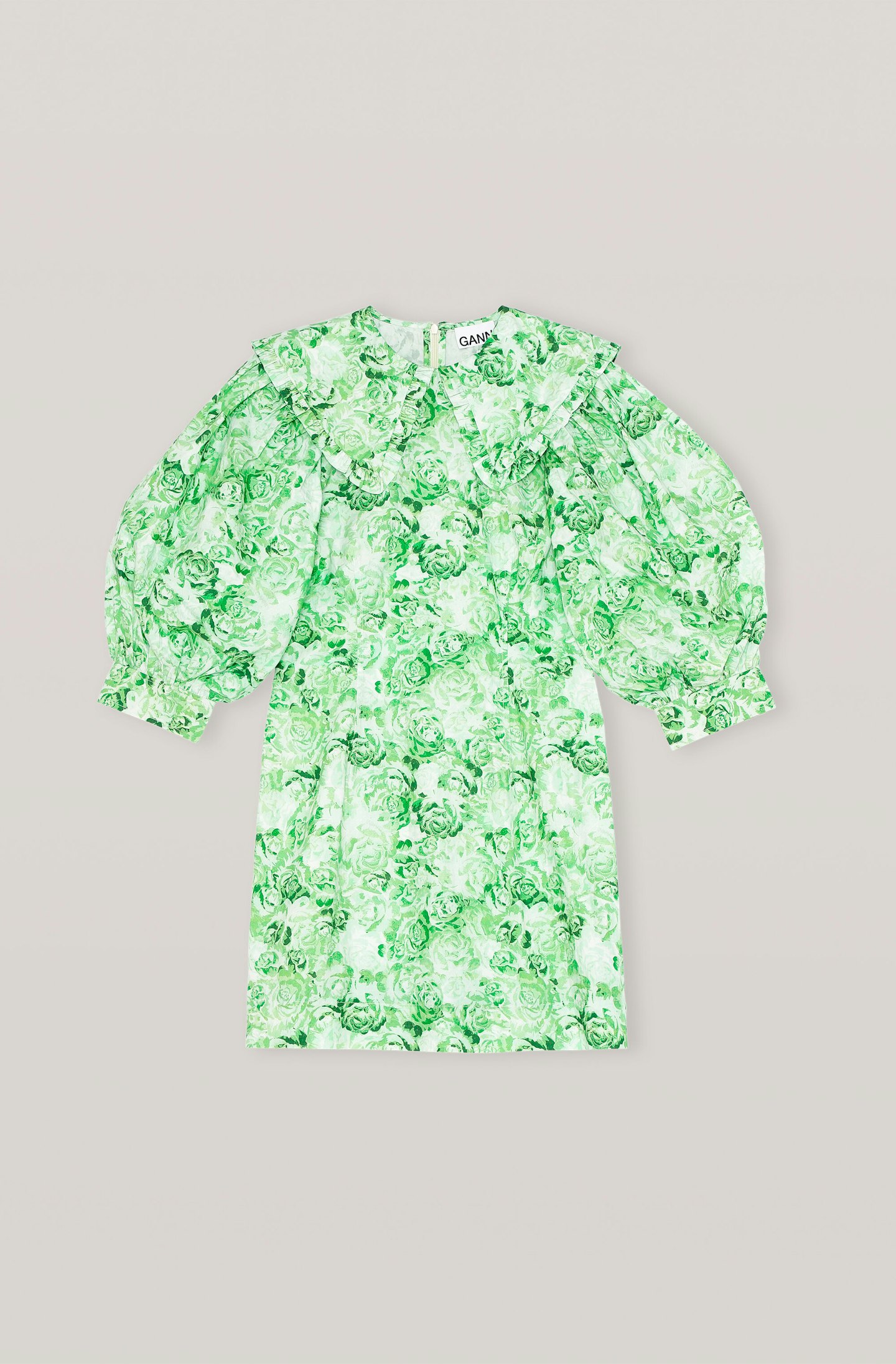 1 of 14
1 of 14Ganni, Printed Poplin Dress, £195
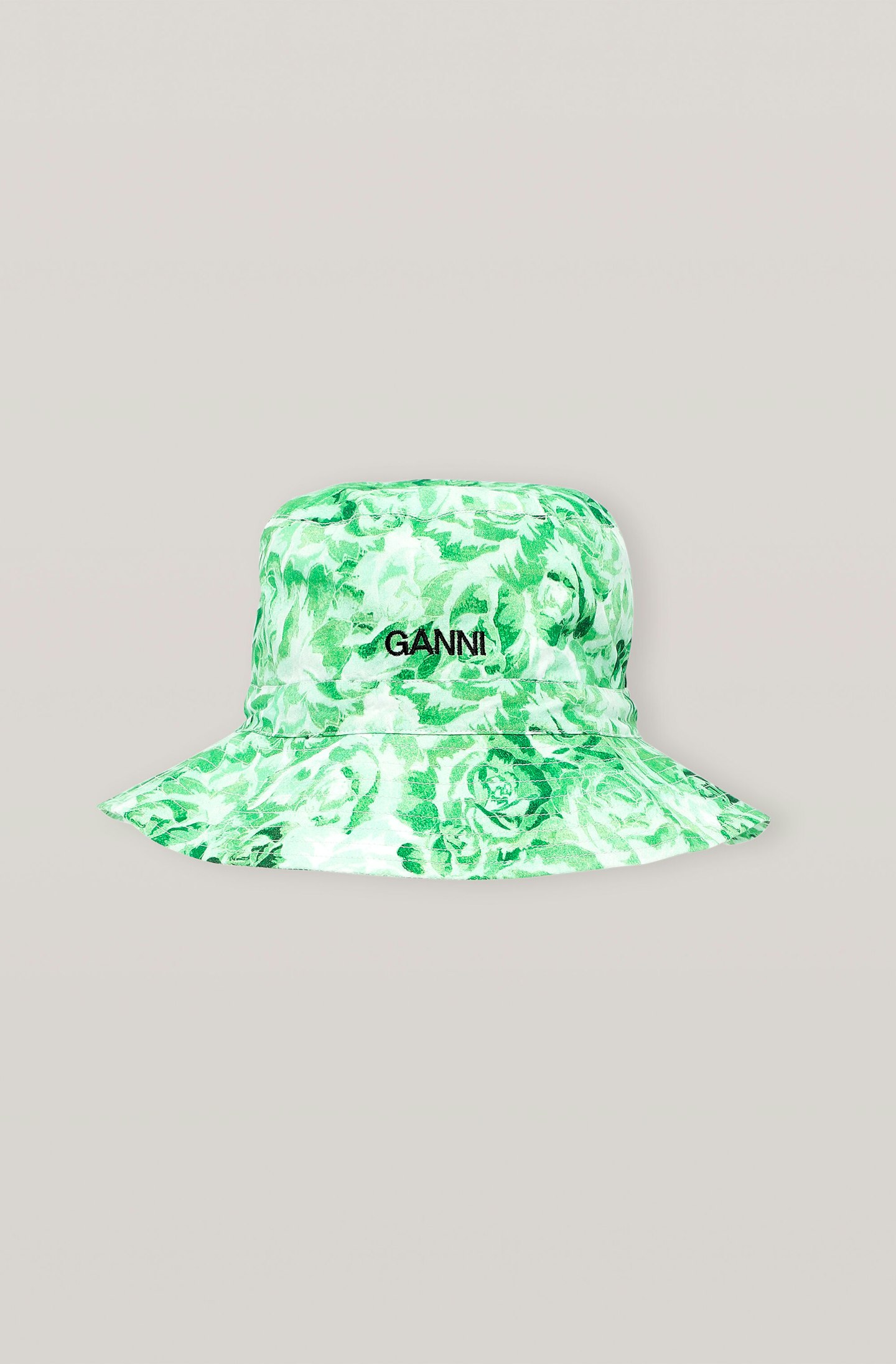 2 of 14
2 of 14Ganni, Printed Cotton Poplin Hat, £65
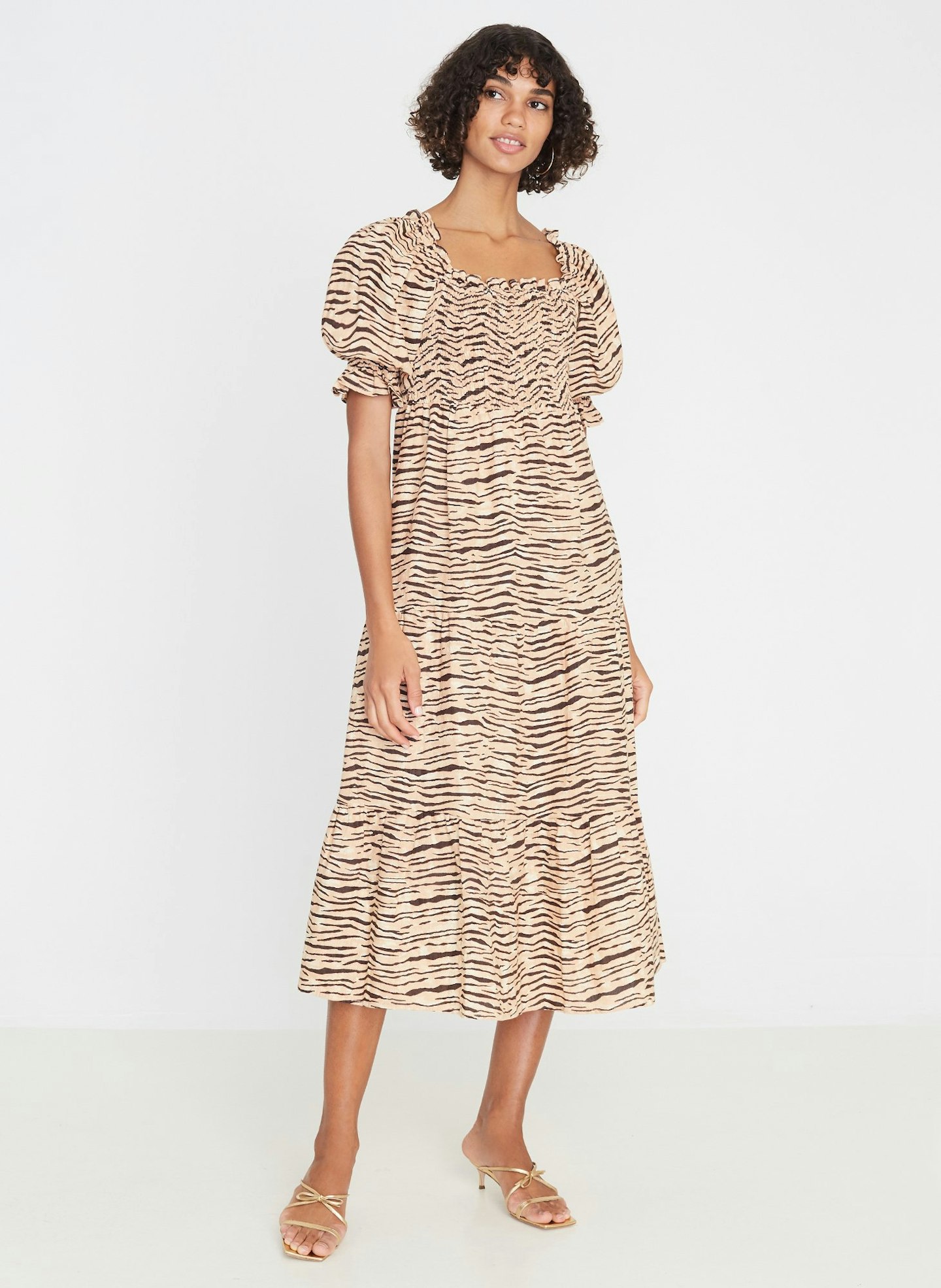 3 of 14
3 of 14Faithfull The Brand, De Christin Midi Dress, $289
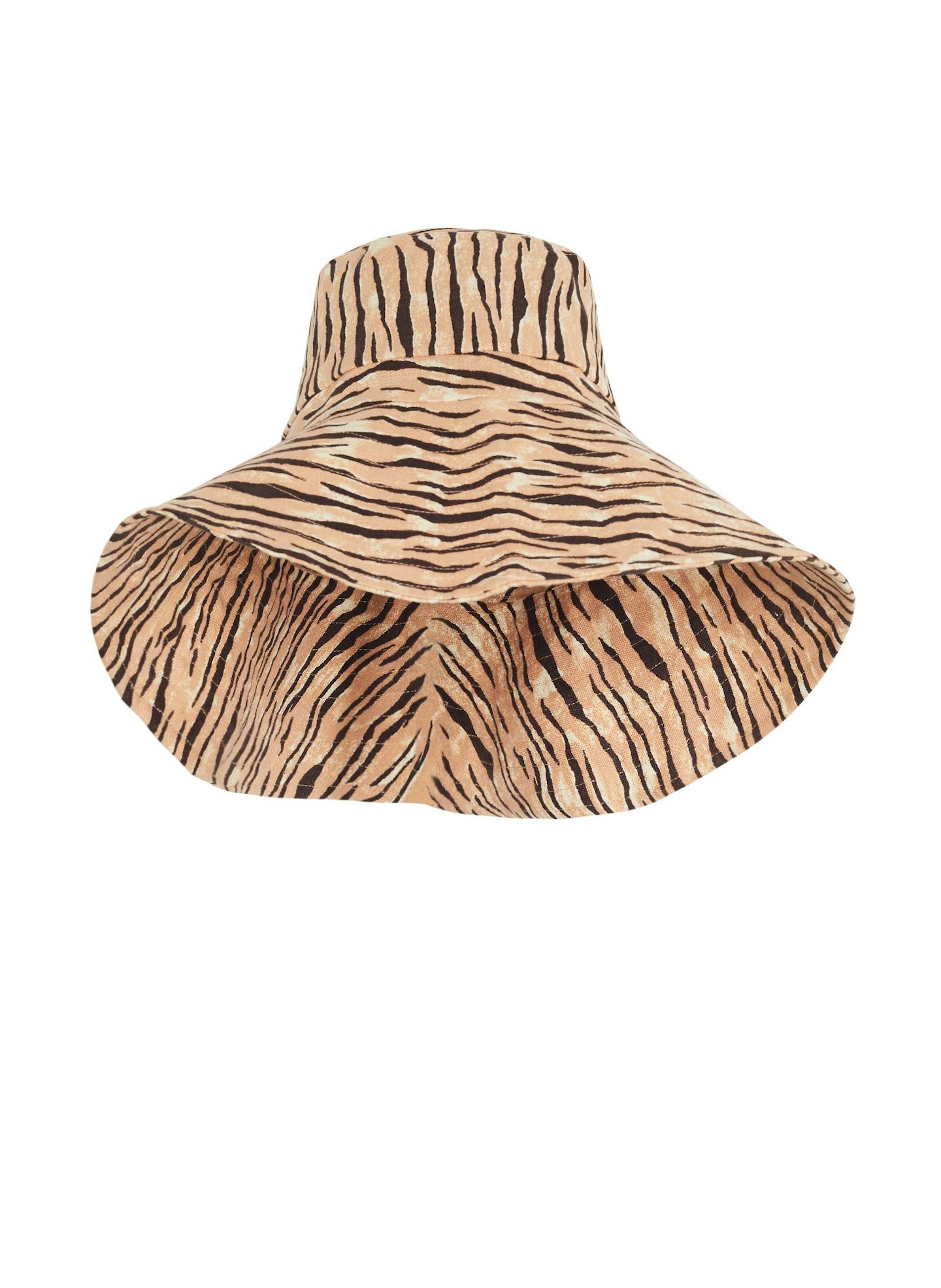 4 of 14
4 of 14Faithfull The Brand, Frederikke Sun Hat, $89
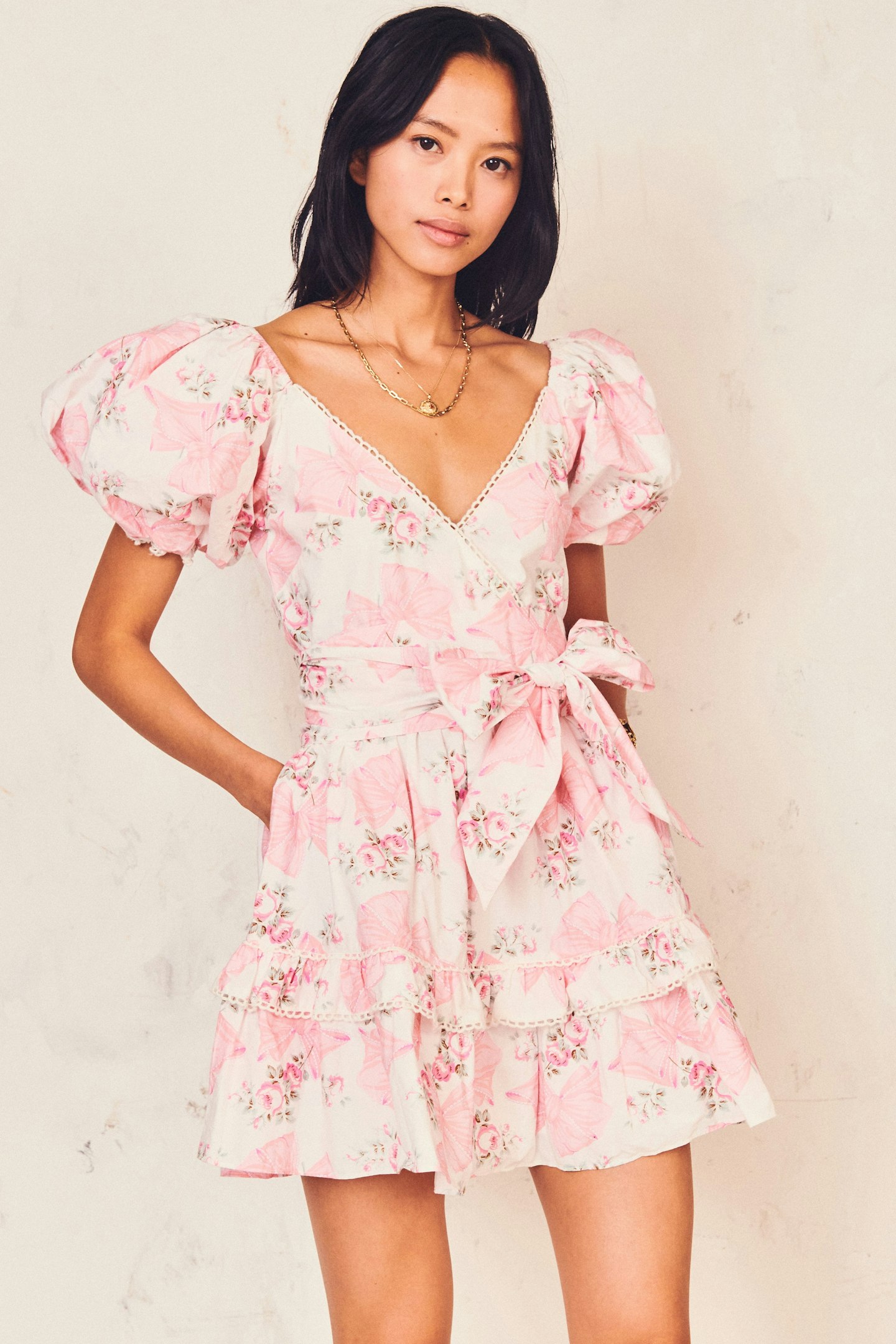 5 of 14
5 of 14LoveShackFancy, Zelle Dress, £325
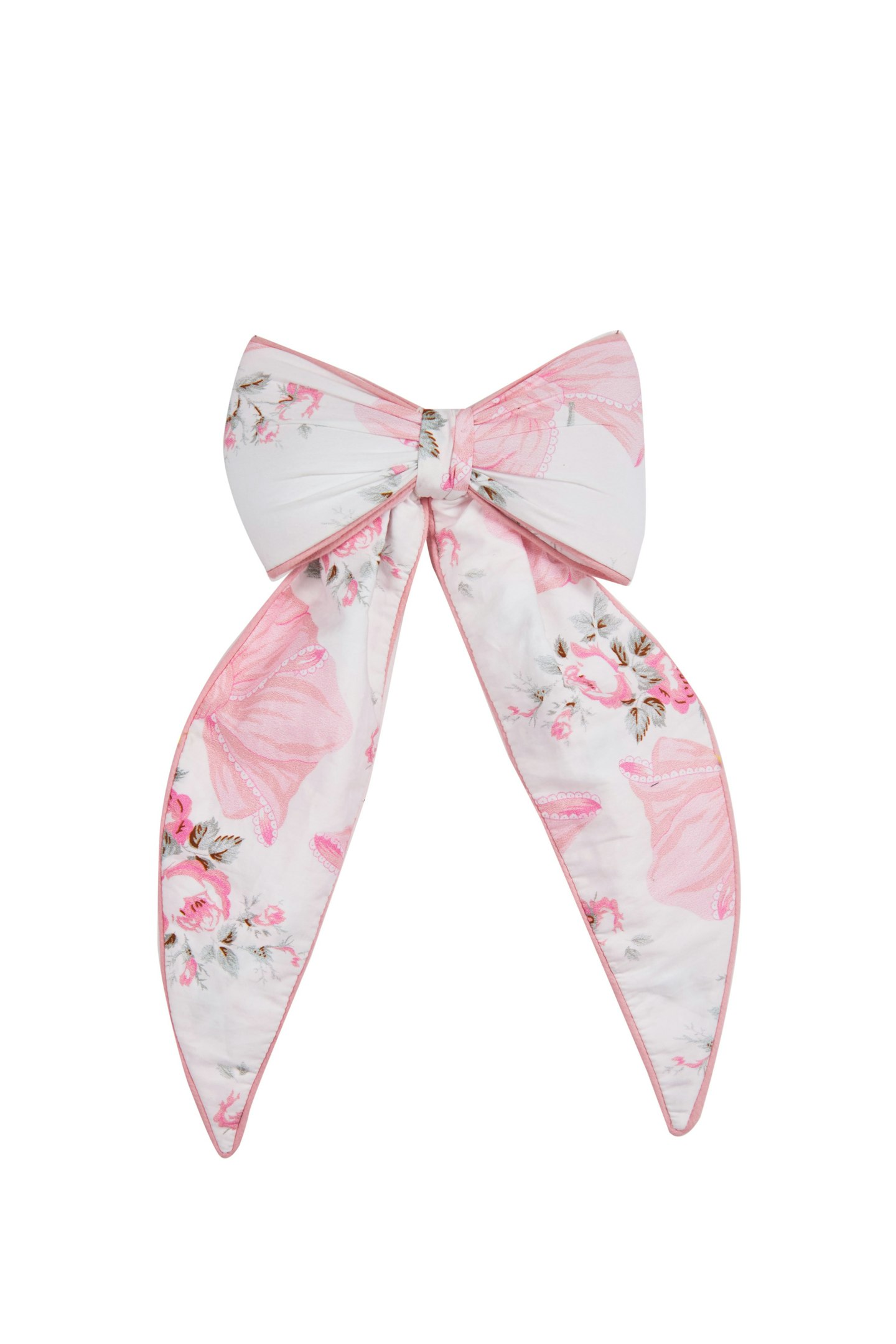 6 of 14
6 of 14LoveShackFancy, Cordelia Bow, £45
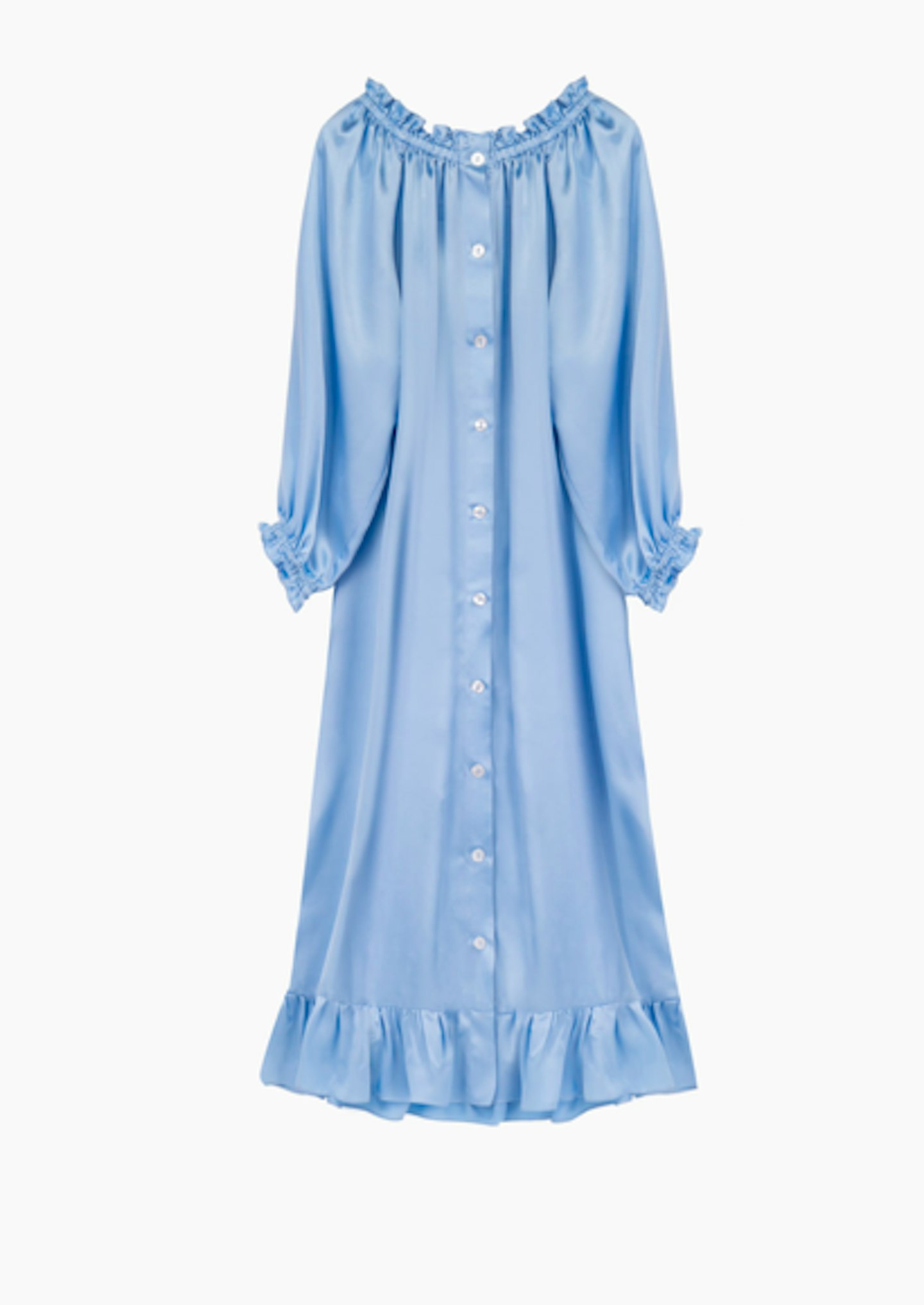 7 of 14
7 of 14Sleeper, Maria Blue Silk Dress, £420
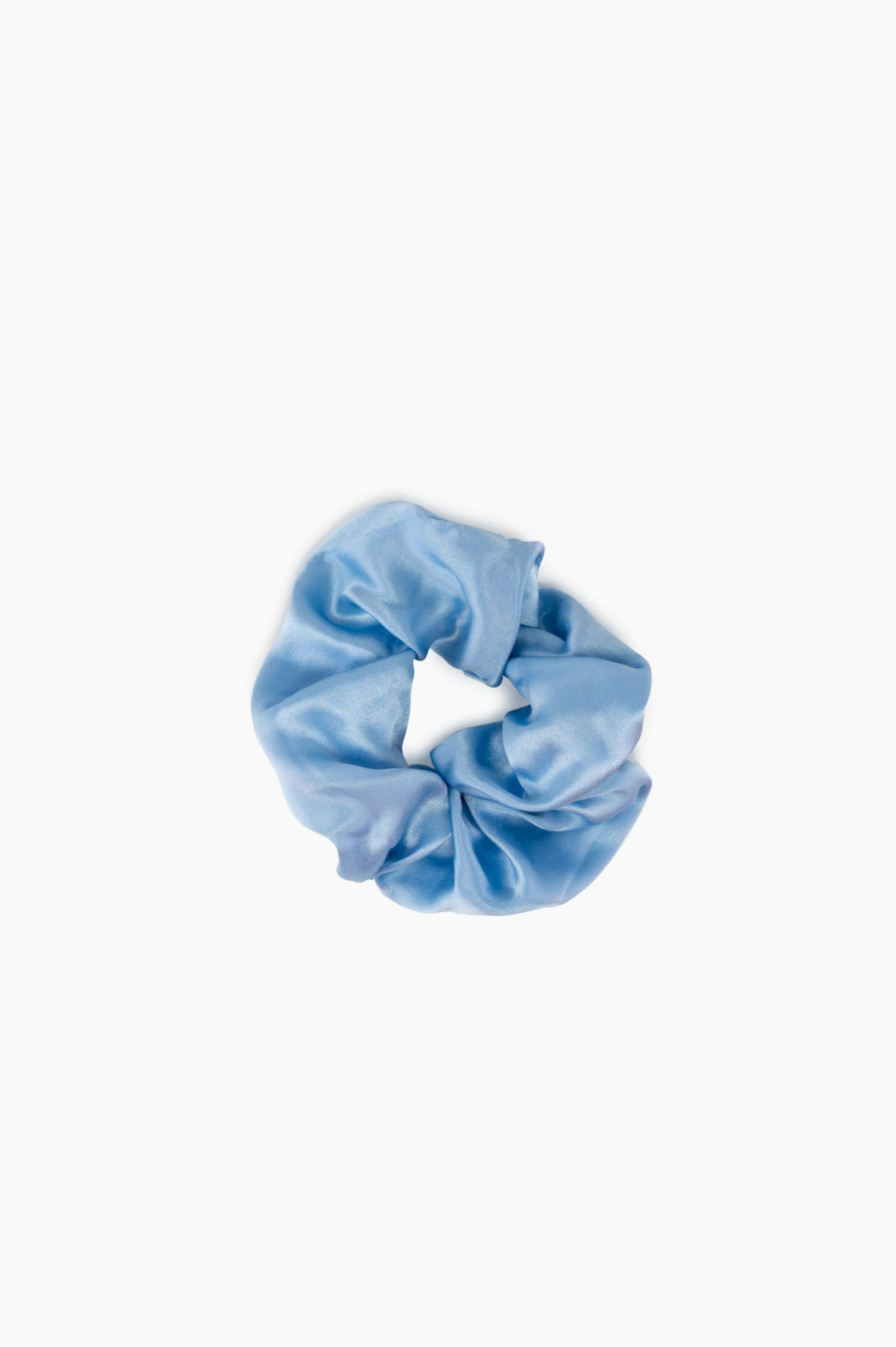 8 of 14
8 of 14Sleeper, Maria Blue Silk Self Love Set, £60
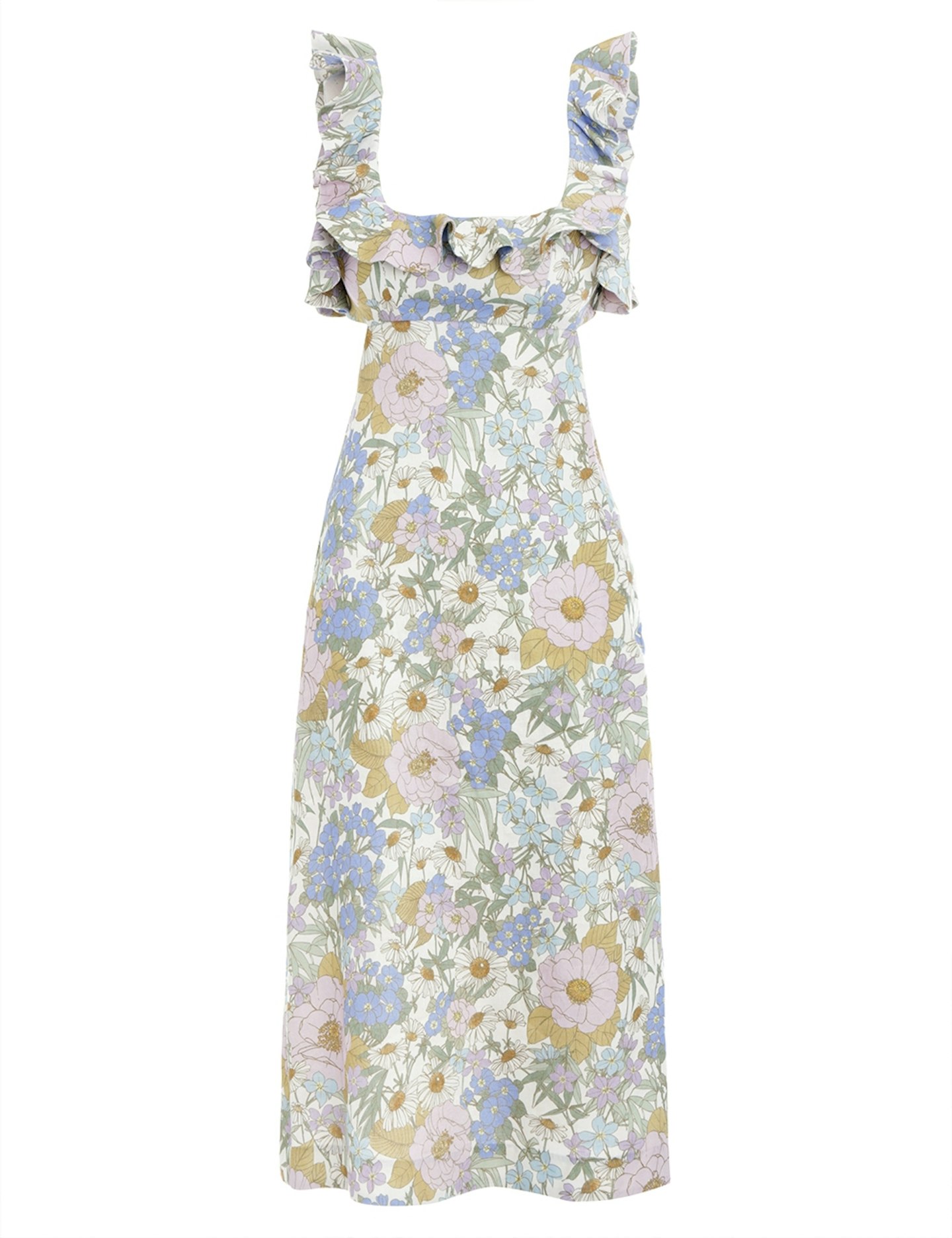 9 of 14
9 of 14Zimmermann, Super Eight Frilled Midi, £720
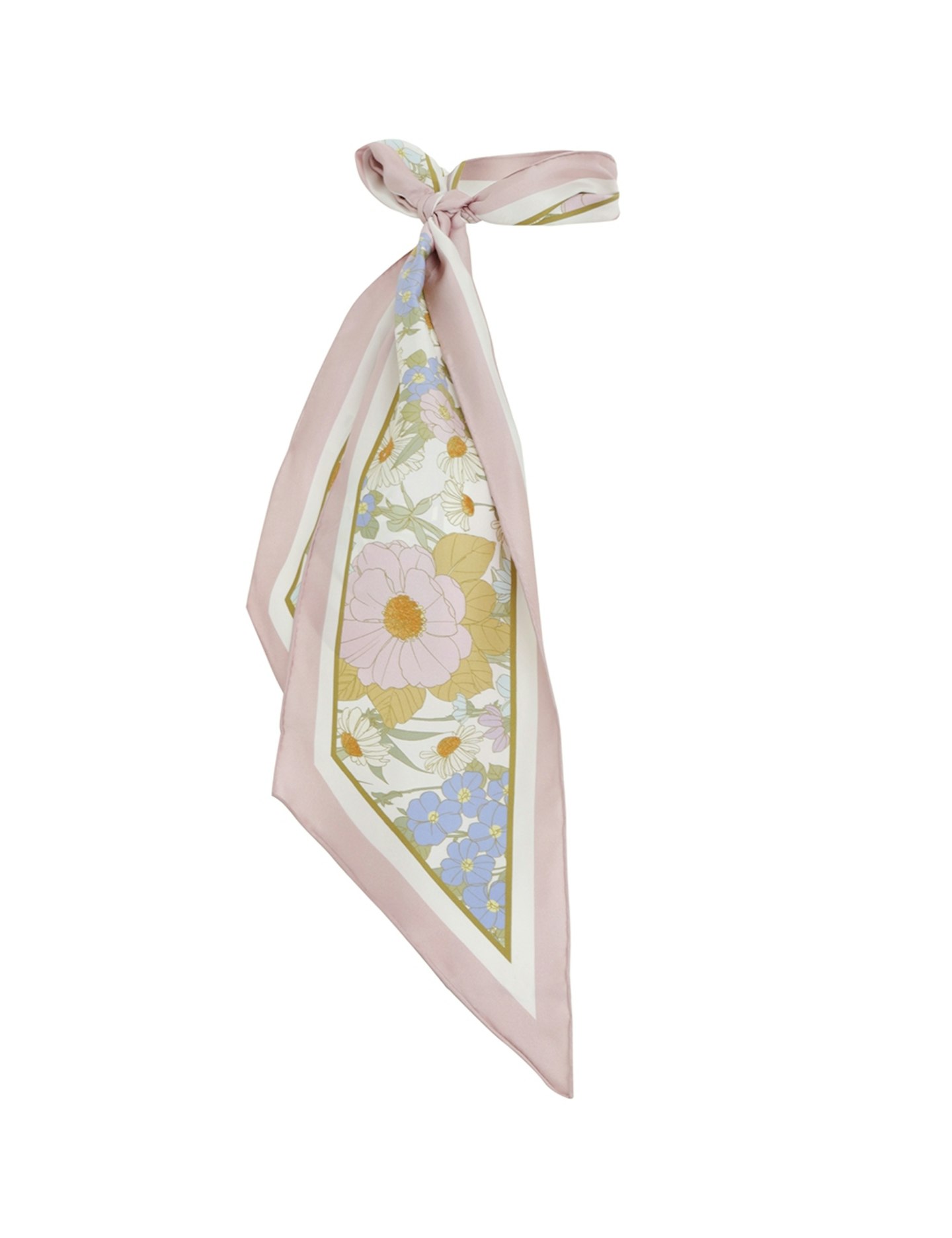 10 of 14
10 of 14Zimmermann, Printed Scarf, £190
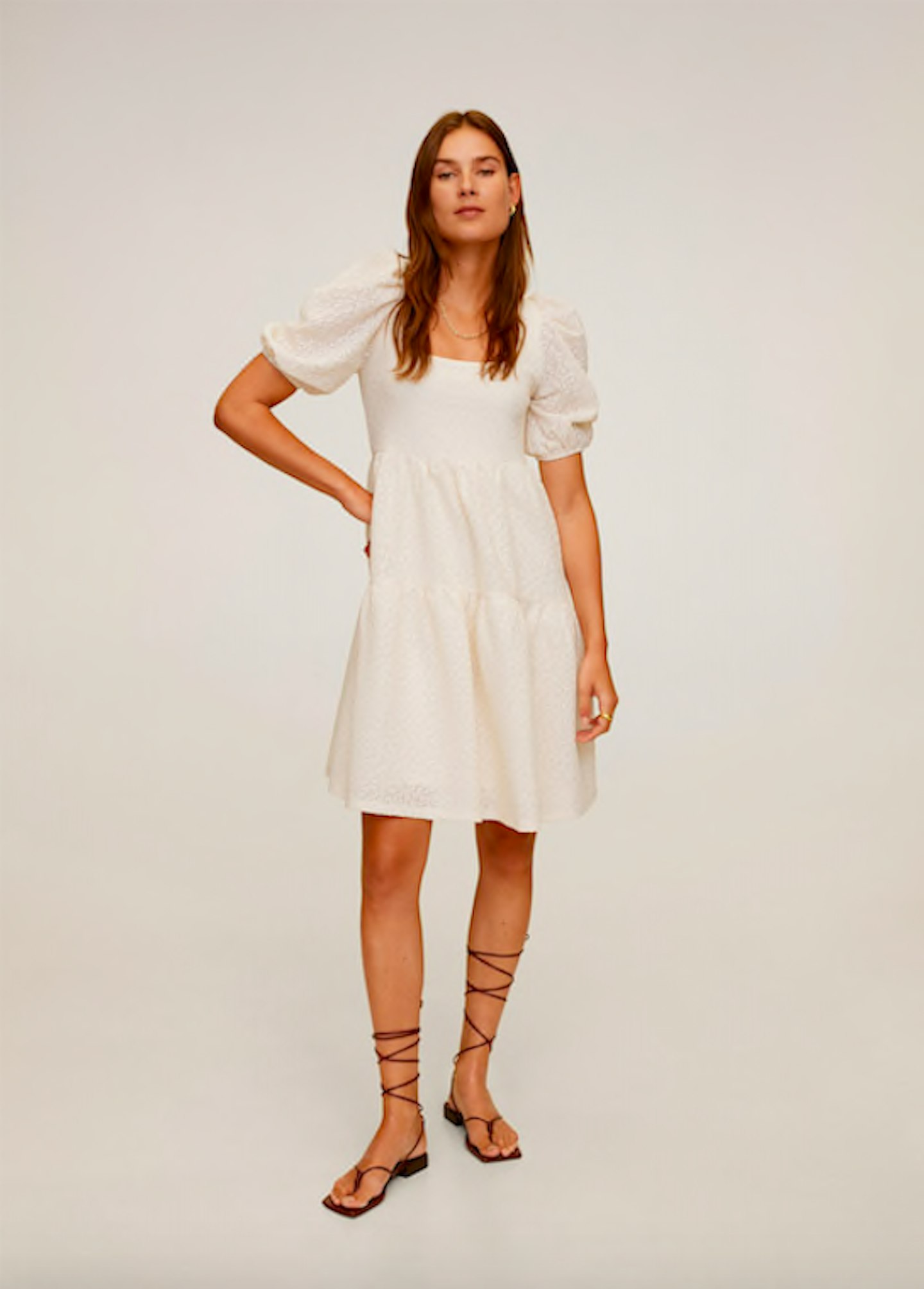 11 of 14
11 of 14Mango, Textured Ruffled Dress, £49.99
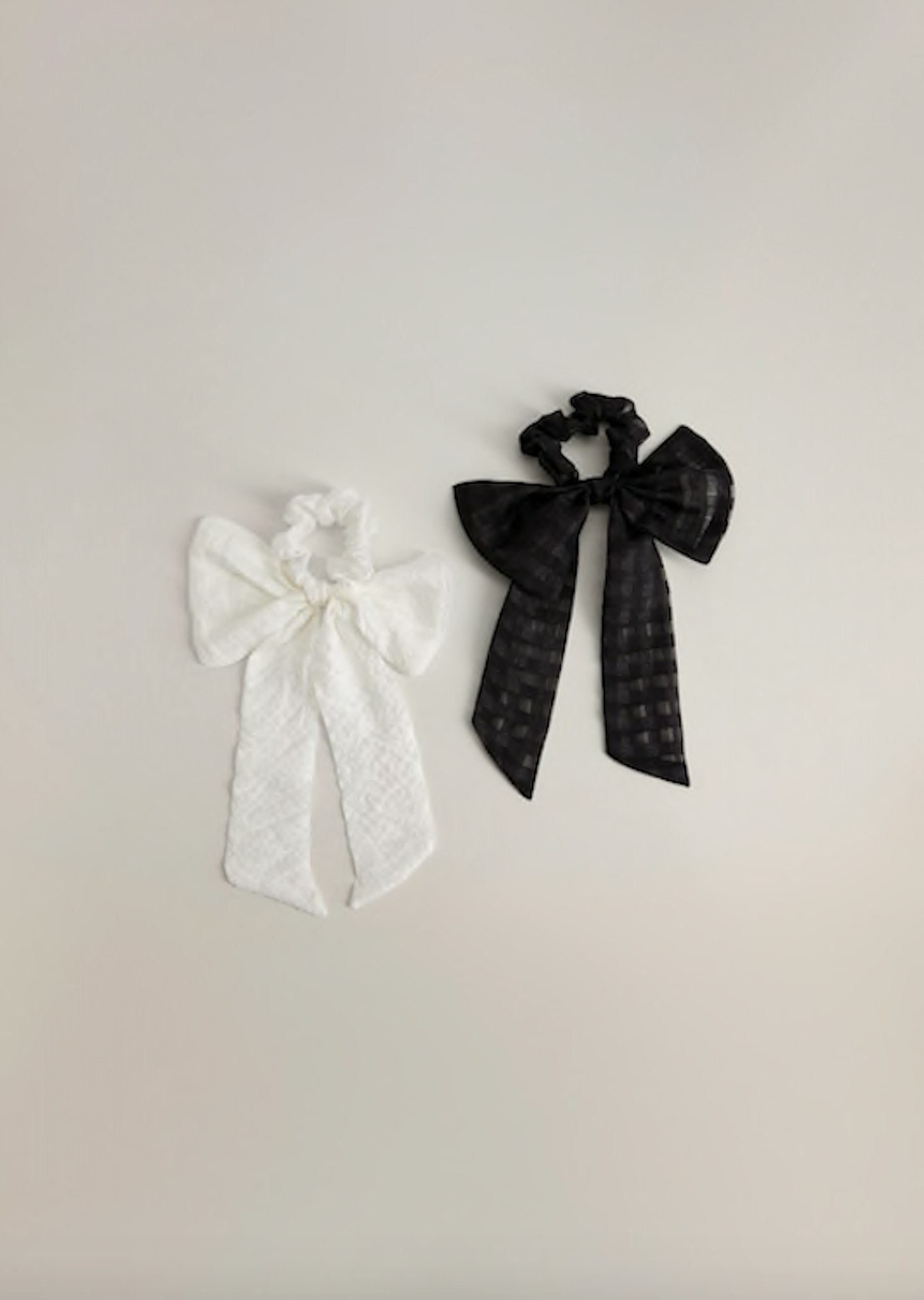 12 of 14
12 of 14Mango, 2 bow hair tie pack, £12.99
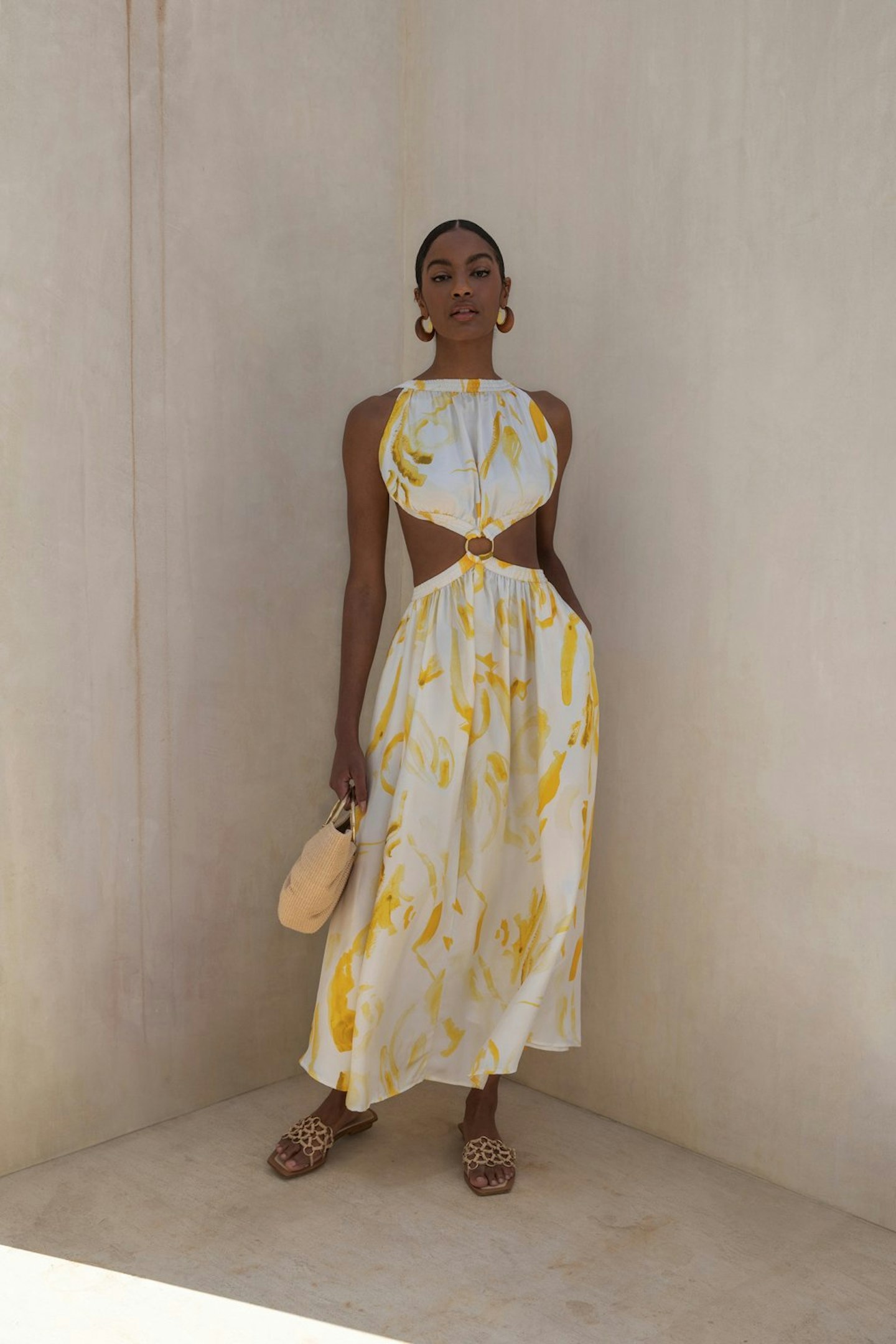 13 of 14
13 of 14Cult Gaia, Thea Dress, £590
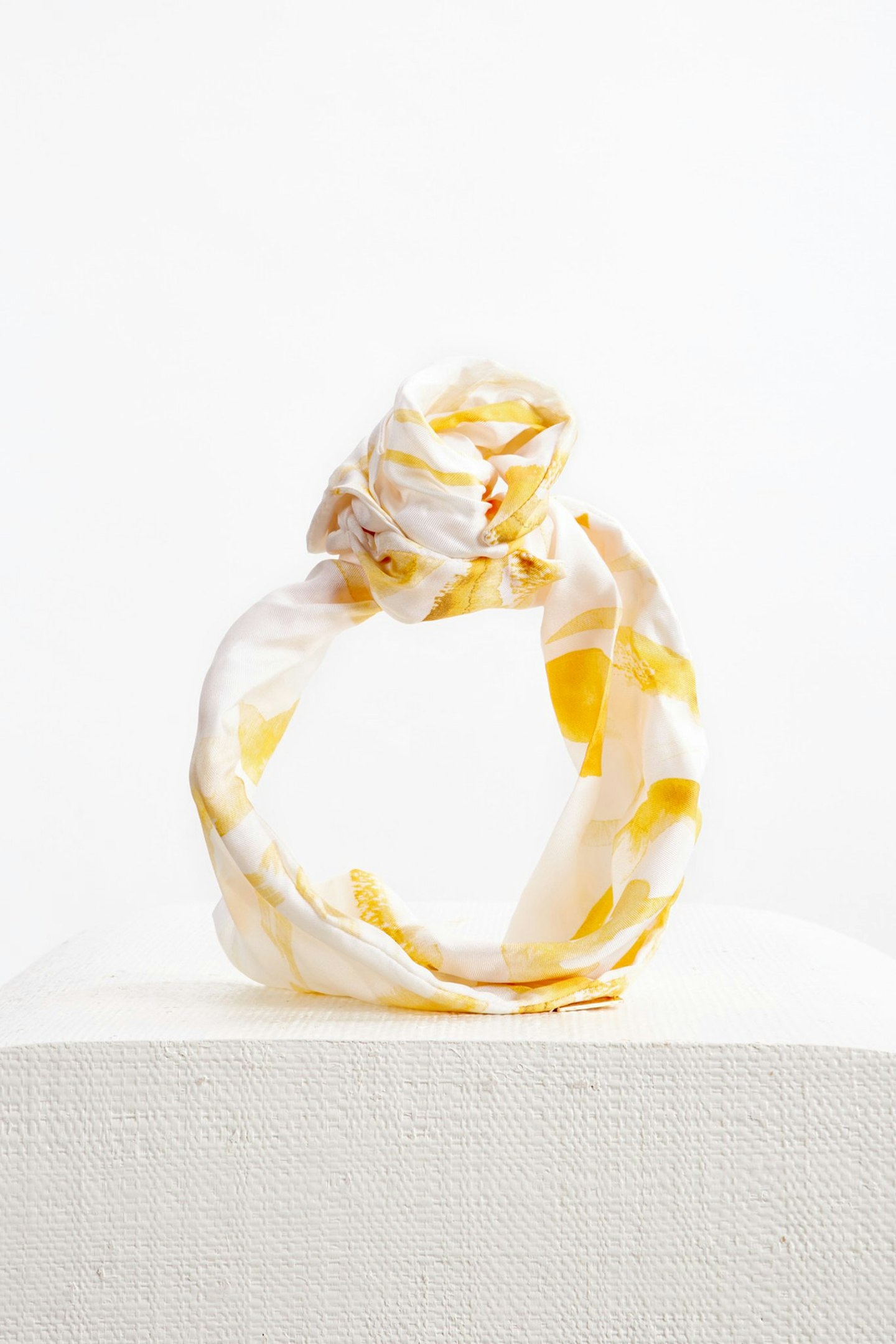 14 of 14
14 of 14